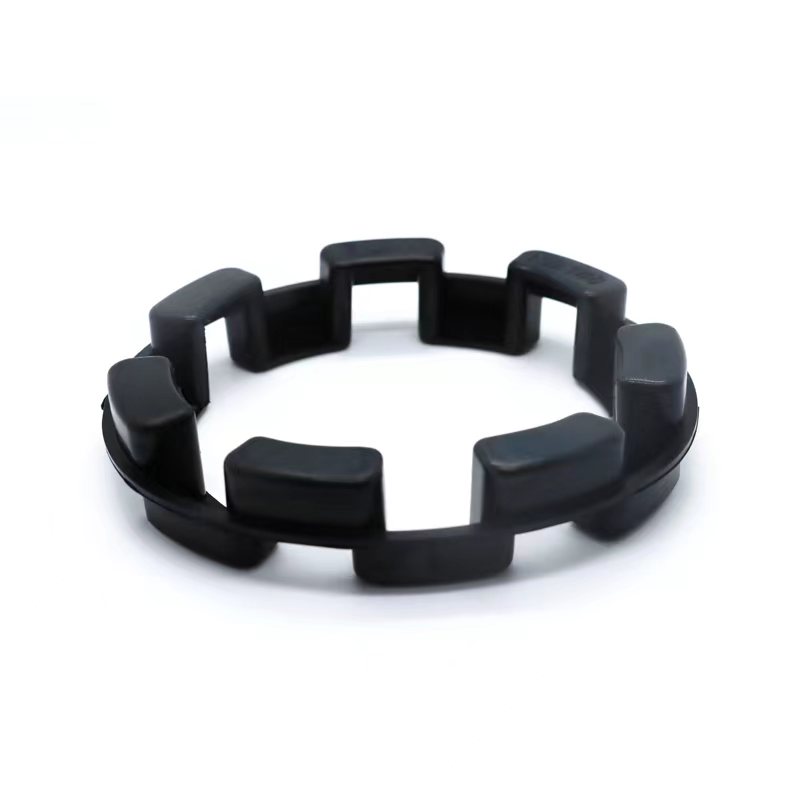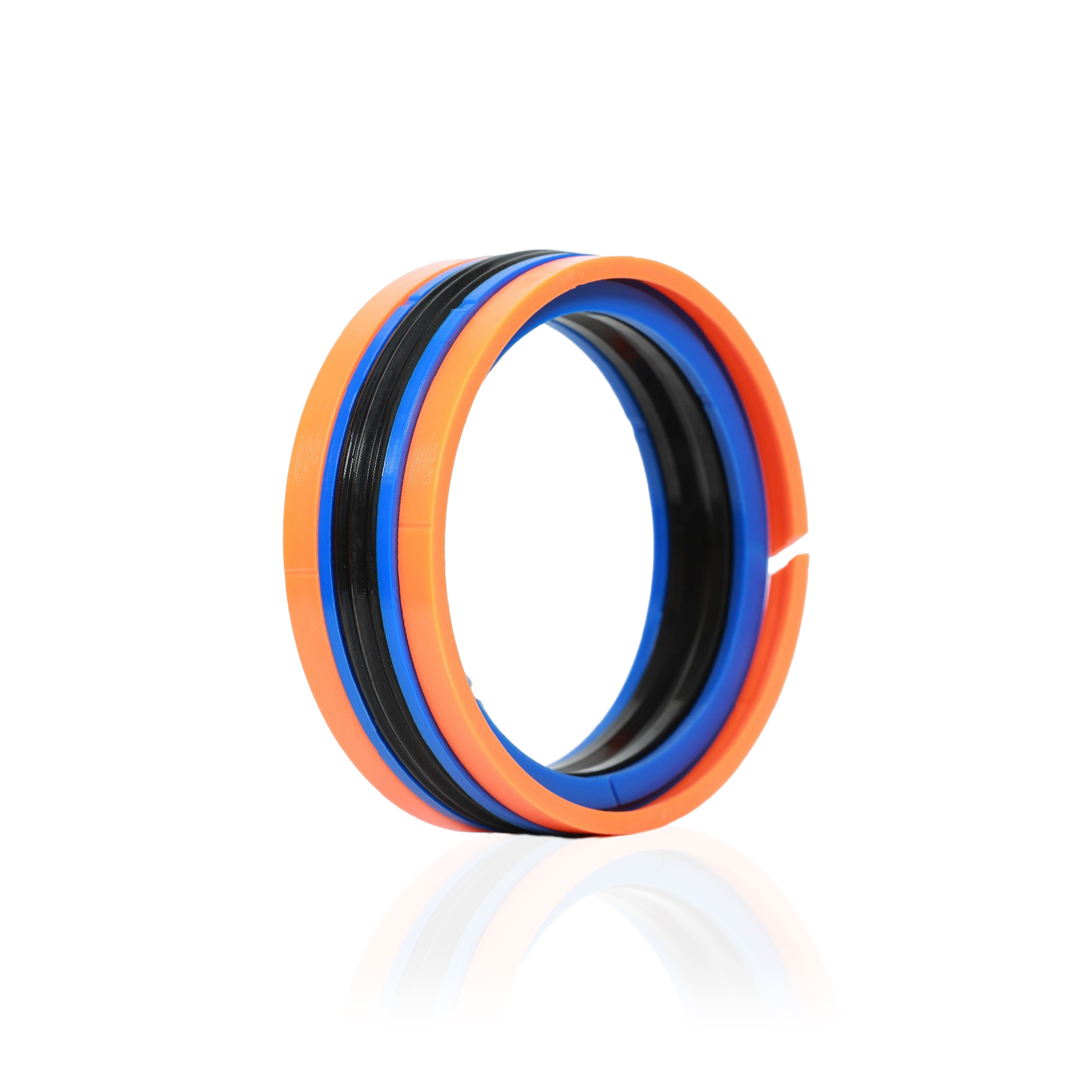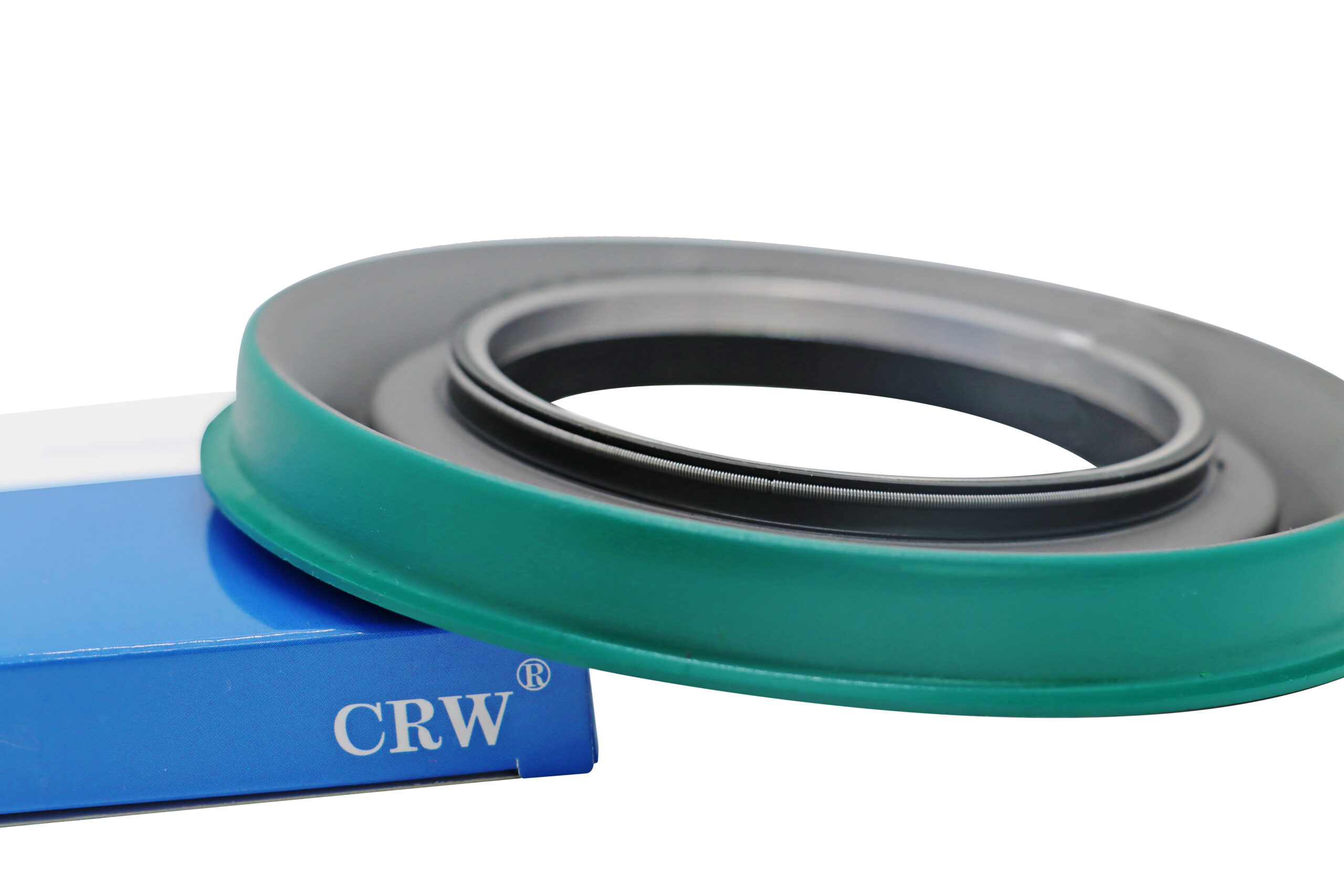Seal play a crucial role in ensuring effective containment in various industrial applications. They are mechanical devices designed to prevent leakage of fluids or gases between stationary and moving parts. This article delves into the fundamental aspects of seals, their types, materials, and their importance in maintaining operational efficiency. The information presented here is based on extensive research and includes relevant data to provide a comprehensive understanding of seals.
It is discussed from the following three aspects.
1.Environmental Benefits: According to the Aerospace Industries Association (AIA) analysis, the implementation of advanced sealing solutions has resulted in a substantial reduction in fluid waste generation by aerospace applications. This has contributed to a 25% decrease in aviation-related waste impact on the environment.
2. Fuel Efficiency: A comprehensive study by the National Aeronautics and Space Administration (NASA) demonstrated that optimized sealing solutions in gas turbine engines improved engine efficiency by up to 5%, resulting in notable fuel savings for airlines and a reduction in greenhouse gas emissions.
3.Maintenance Cost Reduction: Data compiled by the International Air Transport Association (IATA) revealed that airlines’ expenditures on maintenance and repair related to fluid leakage have decreased by an average of 15% since the widespread adoption of high-performance sealing technologies in aerospace applications.
Seals are classified into different types based on their design and function.
The most common types include: Gaskets: Gaskets are flat or shaped sealing devices placed between two or more mating surfaces. They provide a reliable seal by filling irregularities and forming a tight barrier against leakage. Common gasket materials include rubber, compressed fiber, and metal.
O-Rings: O-rings are circular seals made of elastomers, such as rubber. They are widely used due to their flexibility, cost-effectiveness, and ability to withstand a wide range of temperatures and pressures. O-rings are typically used in static and dynamic applications. Mechanical Seals: Mechanical seals are dynamic sealing devices used in pumps, compressors, and other rotating equipment. They consist of two main components: a rotating face and a stationary face. These faces come into contact to create a seal and prevent fluid leakage.
Lip Seals: Lip seals, also known as oil seals, are used to prevent the leakage of lubricants or contaminants in rotating shaft applications. They feature a flexible lip that makes contact with the shaft, forming a barrier against unwanted substances. Materials Selection: The choice of seal material is crucial for achieving optimal performance and longevity. Factors to consider when selecting seal materials include chemical compatibility, temperature resistance, pressure requirements, and application-specific conditions.
Common seal materials include: Elastomers: Elastomeric materials, such as nitrile rubber (NBR) and fluorocarbon rubber (FKM), offer excellent flexibility and sealing properties. They are suitable for a wide range of applications and can withstand various fluids and temperatures.






